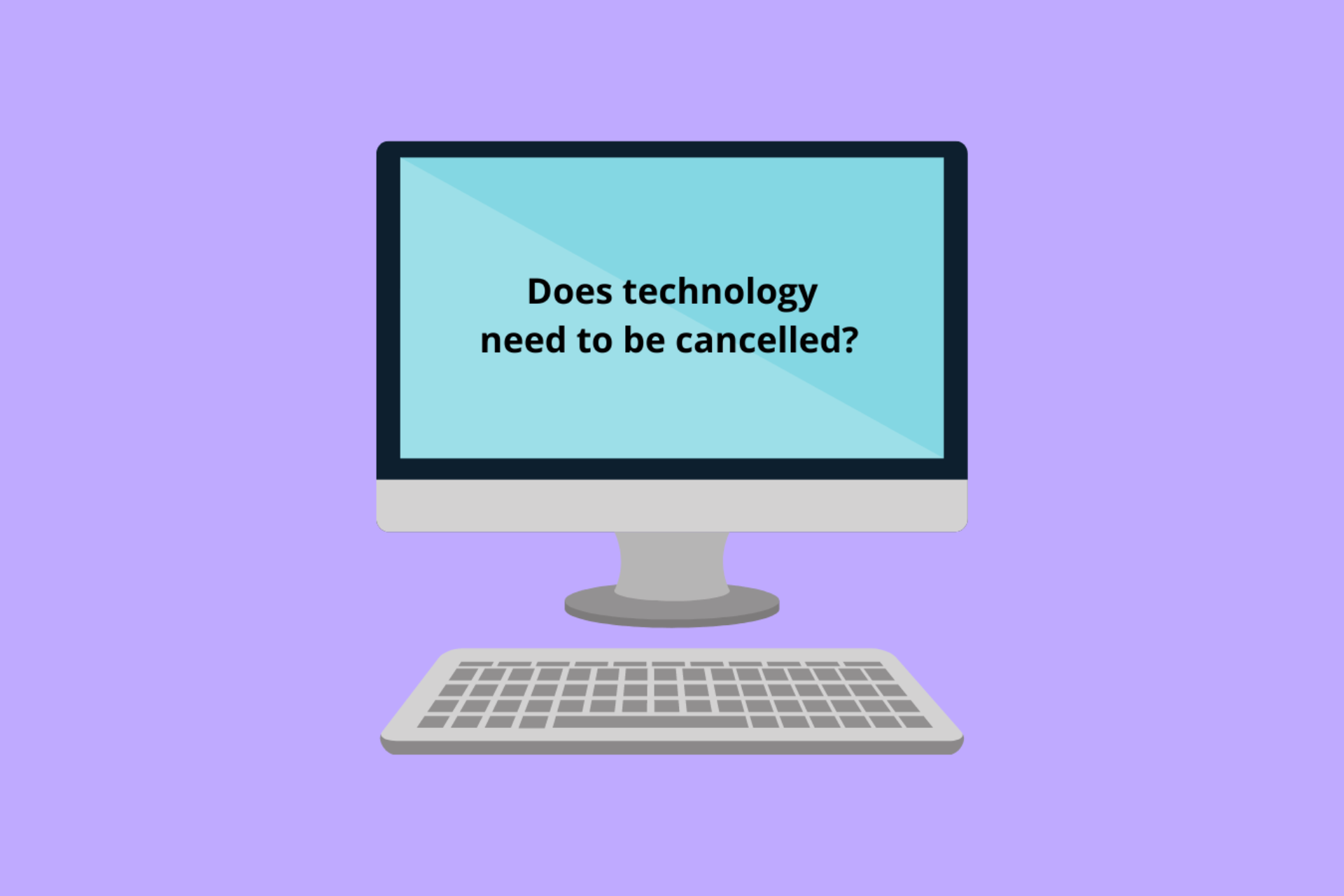
The spread of technology across the globe has been an unstoppable force since its creation and it is increasingly being used in every facet of life, including the world of crime. Human trafficking has not escaped this trend, and this technology is now playing a central role in the recruitment, sale, and coercion of victims.
The use of technology for sexual exploitation
There is a lot of evidence to suggest that technology facilitates sexual exploitation, allowing it to take place on a much larger scale than ever before. Reports show that perpetrators now have entire online catalogues of who they are exploiting, allowing people to ‘order them’ directly from the site. These orders can even take place across countries. Children are also affected by online abuse: the rise of the internet and the consequent growth of the ‘dark web’ has provided perpetrators with a platform where they can groom children with the intent to exploit them sexually, watch and share child abusive content, and communicate with others like them. At any one time, it is estimated that there are 750,000 individuals looking to connect online with children across the globe for sexual purposes.
New technologies such as live streaming have also helped to facilitate online child abuse. Child sex offenders are now able to connect online with vulnerable populations thousands of miles away. In 2019, of the 260,000+ reports assessed by the Internet Watch Foundation (a UK-based charity which works to remove material related to child sexual abuse from the internet), 132,730 contained images and/or videos of children being sexually abused (compared to 105,047 in 2018), and 46% of reports involved imagery depicting children who appeared to be 10 years old or younger. According to the National Crime Agency (NCA), the UK is the 3rd largest global consumer of livestreamed abuse. And while the abuse is happening via a computer screen, the devastating physical and mental impact is no less severe than had the abuse been in person.
What can be done to remedy this?
One of the main arguments to help fight human trafficking and exploitation on the internet is to place more onus on tech firms to monitor what is happening on their sites. The UK Government has drafted legislation that does exactly this, holding tech firms responsible for tackling issues (e.g. child grooming and sexual abuse) taking place on their platform. If they fail to do so they can face hefty fines and these regulations apply to any company in the world that is accessible to people in the UK, that allows user-generated content to be published online, and that enables people to privately or publicly interact with others online.
While this seems like a great idea and many see legislation such as this as an integral step in the UK’s fight against exploitation, there is an important dimension of this debate that is often overlooked…
The benefits of technology
Yes modern technology has been used to facilitate exploitation in many ways, but the proposed legislation, if its unintended consequences aren’t considered, could negatively impact some marginalised groups within society. For example, like most professions, sex work has evolved with the rise of digital technology; it has become an important tool for many sex workers. It has brought a multitude of benefits which have ultimately made it a safer experience for many sex workers. Some of these include:
- More agency – websites take away the need for exploitative third-party facilitators such as pimps and traffickers, and enable sex workers to be their own boss.
- Safer working conditions – sex workers have the option to work from home rather than from a brothel or on the street. They can set the conditions for their encounters with clients if they do meet in person. Some websites also vet clients, flagging them as being violent, having a history of non-payment or having police connections.
An online community – tech has also provided sex workers with an online community where they can share harm reduction practices amongst themselves, sharing tips and tricks and things to be aware of when working. There is evidence to suggest that this has promoted condom use among sex workers, increasing their health and safety.
Online technology has led to a decrease in the rate of violence perpetrated against sex workers. Shutting down these platforms, which can happen as a blanket approach by tech companies to avoid risk of falling foul of the legislation, will be detrimental for the sex worker community. In fact, this is what happened in the USA which makes an interesting case study for us here in the UK. In 2018 the Trump Administration passed two bills – the House bill known as FOSTA (Fight Online Sex Trafficking Act) and the Senate bill known as SESTA (Stop Enabling Sex Traffickers Act), and both were heralded as a victory for sex trafficking victims. They prohibited online platforms that (even inadvertently) allowed the advertisement of trafficked victims for sexual exploitation, which essentially led to the closure of all adult services websites because of the risk of liability they now faced. It was assumed that by eradicating traffickers’ ability to advertise, it would become a less profitable enterprise and therefore less attractive to perpetrators.
However, following the closure of these sites a 2020 survey of 98 internet-based sex workers found that 99% said the new law made them feel unsafe and 72% said it decreased their ability to make a living. This is problematic because it forces many sex workers into unsafe situations. Moreover, sex workers have historically had their agency repeatedly taken away and this new legislation reinforces that narrative. It is important that sex workers have options, choices, and self-determination so that they feel safe and empowered.
So, by enforcing legislation which ultimately abolishes the technological platforms which sex workers are benefitting from to prevent human trafficking, the result is that another historically marginalised group is pushed further into unsafe working conditions and made more vulnerable. And we know that when you move work into the shadows, exploitation increases. For these reasons, the legislation can unfortunately sidestep what it is trying to achieve and can in fact cause increased vulnerability to human trafficking. Rather than limiting the use of technology and online platforms, it would be more effective to think about what is actually causing the exploitation and target the root causes instead.
How can technology be used to fight exploitation?
Rather than limiting tech, can we use technology to our advantage in the fight against exploitation? While it can be a catalyst and exacerbating factor of exploitation, it can also be part of the solution. We should be using technology and artificial intelligence to help us scale up our response, and automate our ability to detect, report, remove and even prevent exploitation online. With their knowledge, innovation, and global reach, tech companies can play a major role in preventing and disrupting human trafficking – provided the activity has input from those who will be most affected.
The concept of using modern technology to fight human trafficking has grown in recent years. Technological solutions to date include mobile apps that help identify and report potential victims of trafficking; satellite imagery that tracks down fishing vessels carrying victims of forced labour; and web scraping tools that aggregate child abuse images to help law enforcement track down children in need of help. Social media platforms have also played an important role in raising awareness of human trafficking – how to spot the signs, report a suspected case and to advertise helplines for victims. Moreover, there have also been proposals to use drones in the agricultural and fishing industries in order to bring transparency to industries where modern slavery is most common.
In order to facilitate a more nuanced and collaborative approach in the tech world for using technology to fight trafficking, two specialist organisations have been created:
- Tech against Trafficking is a coalition of technology companies collaborating with global experts. The group reviews how technology can be used to combat human trafficking in different countries, with varied target populations, including vulnerable groups, victims, survivors, law enforcement, civil society, and technology providers. They also work with key players and organisations (e.g. Amazon, BT and Microsoft) within the tech industry to explore new and innovative ways to use technology to our advantage in fighting human trafficking.
- Pasos Libres is a Latin American organisation that is doing something similar – seeking to reinvent ways to prevent human trafficking through design, development and implementation of innovative strategies, methodologies and technologies. One of the organisation’s projects is the DataJam – an international competition for IT specialists, crime prevention experts and representatives from businesses and the financial sector, to create a technical solution to tackle human trafficking in just eight days. These competitions have so far developed six winning solutions and 34 concepts and prototypes, including predictive models, Natural Language Understanding tools, dashboards and apps. It has been so successful that Pasos Libres has shared the DataJam experience in four continents with governments, companies, civil society, international cooperation organizations — and even the Dalai Lama.
While we want to see an end to human trafficking, it is clear that technology in itself isn’t inherently the problem. Restricting the use of technology may not be the best way forward. By using the US as a case study, we can see that laws can have unintended consequences that increase the very thing they are trying to stop. As the UK Government is preparing to introduce further tech monitoring laws, it is imperative that we hear from those who will be effected and determine the best approach to limiting the negative consequences of technology and embracing its benefits.
By Gabriella Jiménez


